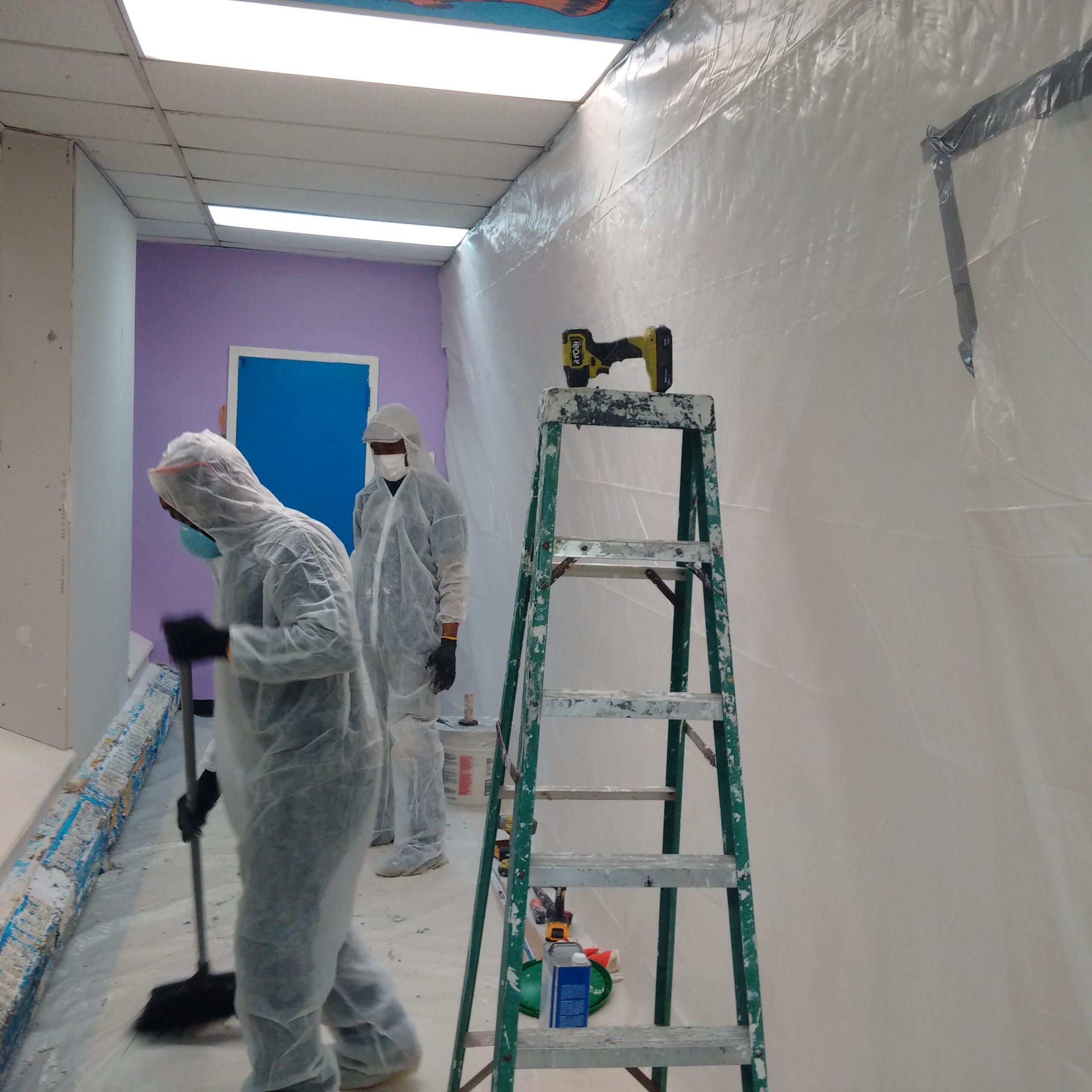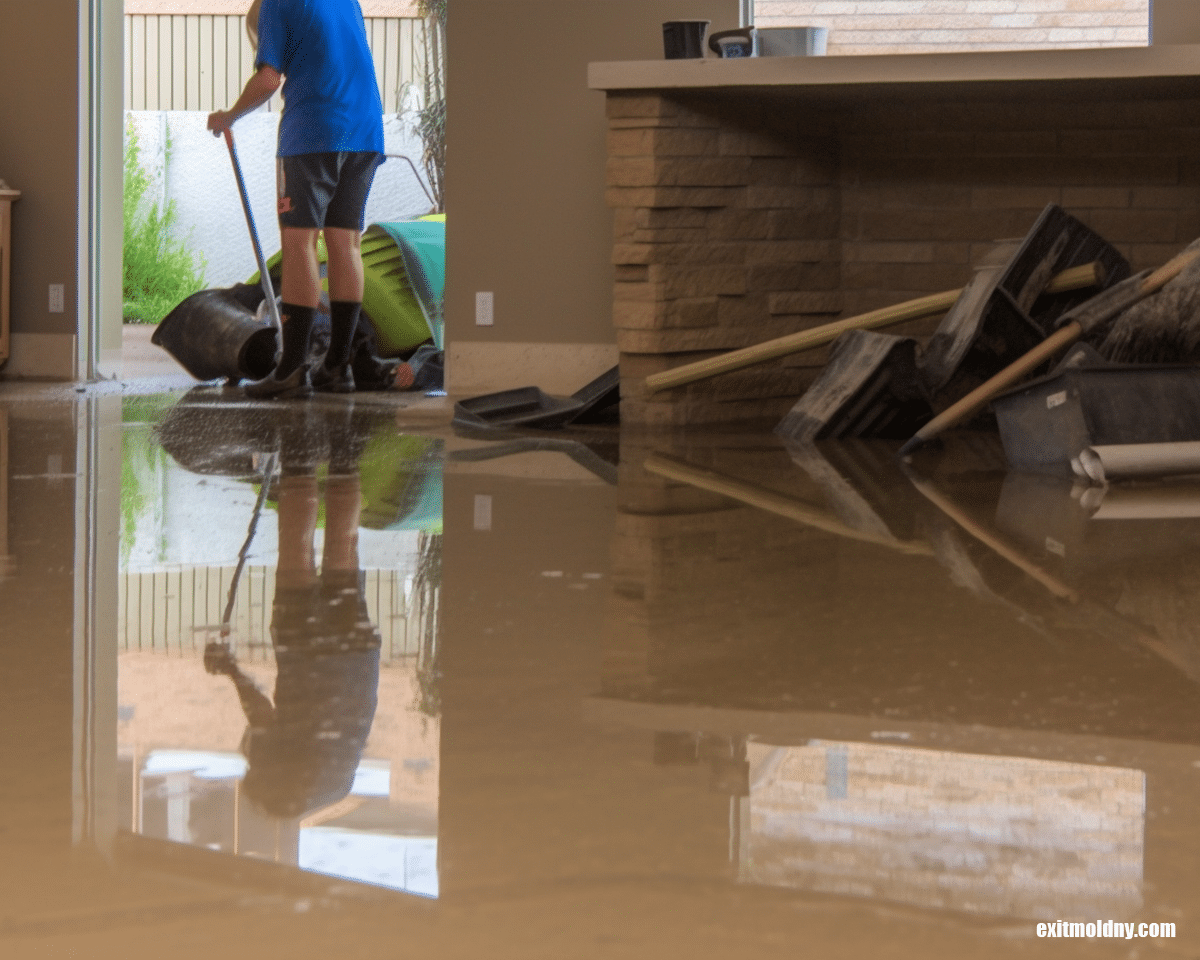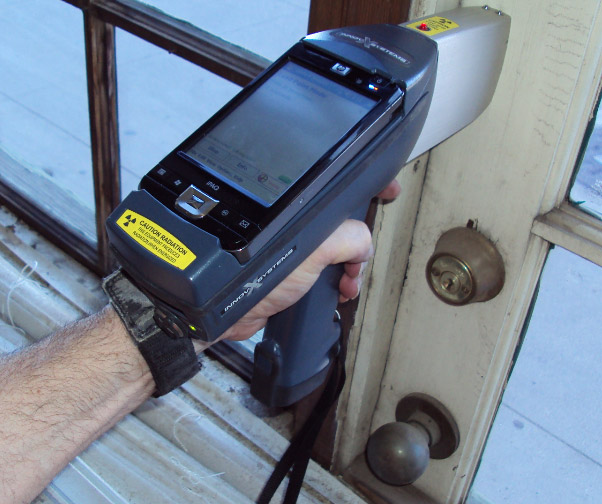Professional Lead Violation Removal in NYC-- Safeguard Versus Health And Wellness Hazards
Vital Devices and Strategies for Efficient Lead Violation Cleaning
Addressing lead infractions efficiently necessitates a thorough method that blends the right devices with strategic methods. The primary step involves equipping workers with Personal Safety Devices (PPE) to guard their health. Concurrently, the use of specialized cleaning tools, such as HEPA vacuum cleaners and lead-specific cleaner, is necessary for comprehensive pollutant removal. Efficient containment methods, including plastic bed linen and unfavorable atmospheric pressure systems, are important to avoid the spread of dangerous products. Moreover, risk-free disposal practices and rigorous adherence to regulative standards make certain responsible handling of hazardous waste. What are the nuanced strategies that really make a distinction?
Personal Protective Equipment
Individual protective equipment (PPE) is a critical part in the reliable monitoring of lead contamination clean-up. The vital PPE for lead cleanup consists of respirators, protective clothing, gloves, and eye defense.
Respirators, particularly those equipped with HEPA filters, are indispensable for filtering system airborne lead fragments, protecting against breathing. Proper fit and seal checks are critical to ensure their performance. Safety garments, including coveralls and non reusable fits, prevents lead dirt from adhering to employees' garments, lowering the danger of additional contamination. Gloves, typically made from nitrile or latex, protect the skin from direct contact with lead, while security goggles or full-face guards safeguard the eyes from dirt and particles.
Moreover, rigorous training on the proper usage and maintenance of PPE is vital. Workers need to be enlightened on donning and doffing procedures to prevent contamination. Regular evaluations and replacements of PPE elements are essential to maintain their protective capacities, making sure a risk-free and compliant cleaning procedure.
Specialized Cleaning Devices

One more important tool is the wet/dry vacuum, which can successfully tidy up both dust and liquid pollutants. These vacuum cleaners typically include HEPA filters to give an added layer of safety. Wet wipes or tack towels are likewise important for surface cleansing; they are especially developed to capture and hold lead fragments, reducing the threat of spreading out contamination.
For more stubborn deposits, specialized lead-removal cleansing agents are required. These agents are developed to break down lead particles, making them less complicated to get rid of. Scrub brushes with durable bristles can help in this procedure, particularly on rough surfaces where lead dirt tends to stick extra highly.
In addition, encapsulants are utilized to secure lead-contaminated surface areas, avoiding the release of lead dirt. These specialized paints and layers are created to abide by different substrates, supplying a long-lasting service for lead containment.
Reliable Control Methods
Effective containment approaches are critical in mitigating the spread of lead contamination throughout cleanup activities. Implementing robust control strategies makes sure that lead bits do not migrate to unaffected locations, thus securing both workers and the environment (DOH & HPD Lead Violation Removal NYC).

To enhance control, encapsulants can be put check my site on surface areas that are not being removed or interrupted. These specialized finishes bind lead dust, reducing its availability for resuspension. Additionally, all workers should put on ideal Personal Safety Devices (PPE), including respirators and disposable suits, to stop contamination spread.
Safe Disposal Practices
Ensuring secure disposal practices is a crucial component in the monitoring of lead contamination cleanup. Appropriate disposal minimizes the danger of lead re-entering the atmosphere and endangering public health (DOH & HPD Lead Violation Removal NYC).
Moving lead waste calls for adherence to rigorous guidelines. Utilizing licensed contaminated materials service providers makes certain that the materials are managed properly. Documentation, consisting of manifests detailing the type and amount of waste, must go along with deliveries to track the waste from the site of beginning to its final disposal location.
Designated dangerous waste disposal centers are outfitted to deal with lead-contaminated materials securely. These centers often utilize advanced techniques such as stabilization, solidification, or chemical therapy to reduce try this site the effects of the lead prior to disposal. Landfilling in specialized, lined locations that stop leachate from infecting groundwater is a common practice for final disposal.
Regular training for workers included in lead waste disposal is critical to maintain security requirements and protect against accidental exposure. By sticking to these methods, companies can substantially decrease the environmental and health effects linked with lead contamination.
Regulatory Compliance Tips

Complying with regulatory compliance is extremely important in the successful implementation of lead contamination cleanup. Understanding and following government, state, and local policies ensures not just the safety and security and health and wellness of people but additionally the legal and economic health of the clean-up company. The Environmental Defense Firm (EPA) sets strict criteria, such as the Lead Restoration, Repair, and Painting (RRP) Rule, which mandates correct accreditation and training for service providers taking care of lead-based tasks.
Conformity starts with a detailed analysis of applicable laws and guidelines. Organizations has to stay upgraded on any legal adjustments, which can be promoted through routine training sessions and subscribing to market updates. Documentation is an additional essential compliance facet; maintaining thorough documents of all tasks, consisting of assessment reports, employee training logs, and disposal materializes, is necessary.
Additionally, engaging with certified lead examiners or company website take the chance of assessors makes sure that lead hazards are correctly identified and alleviated. Employers should apply the use of Personal Protective Devices (PPE) and make sure that security methods are purely adhered to. Last but not least, transparent interaction with stakeholders, consisting of workers, customers, and governing bodies, will cultivate a culture of compliance and liability, eventually adding to a more secure and much more effective lead cleanup procedure.
Conclusion
Reliable lead violation cleanup necessitates the combination of specialized devices and calculated methodologies to guarantee safety and efficiency. Utilizing HEPA vacuums, specialized cleaning up representatives, and efficient containment approaches such as plastic bed linen and unfavorable air pressure systems is necessary. Individual safety devices (PPE) safeguards workers from direct exposure, while risk-free disposal techniques and stringent adherence to regulatory conformity are crucial for properly handling contaminated materials. Jointly, these actions dramatically reduce wellness dangers and add to a cleaner atmosphere.